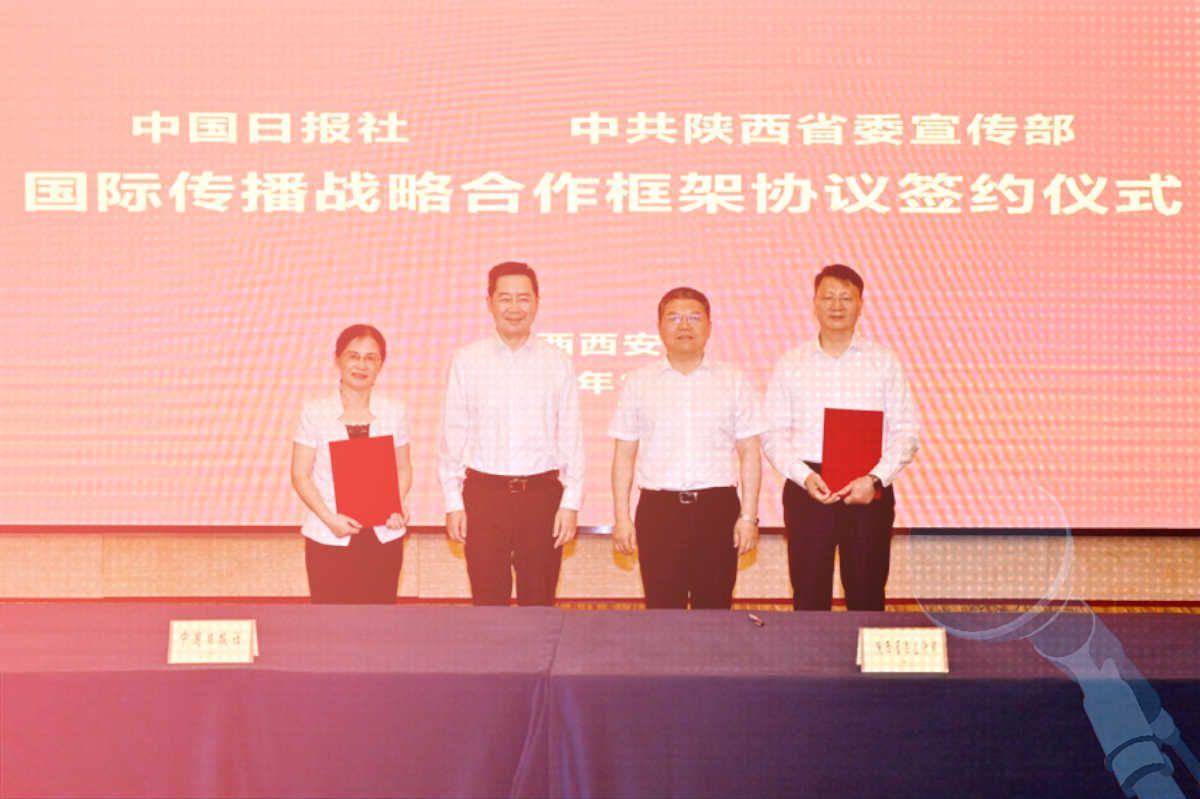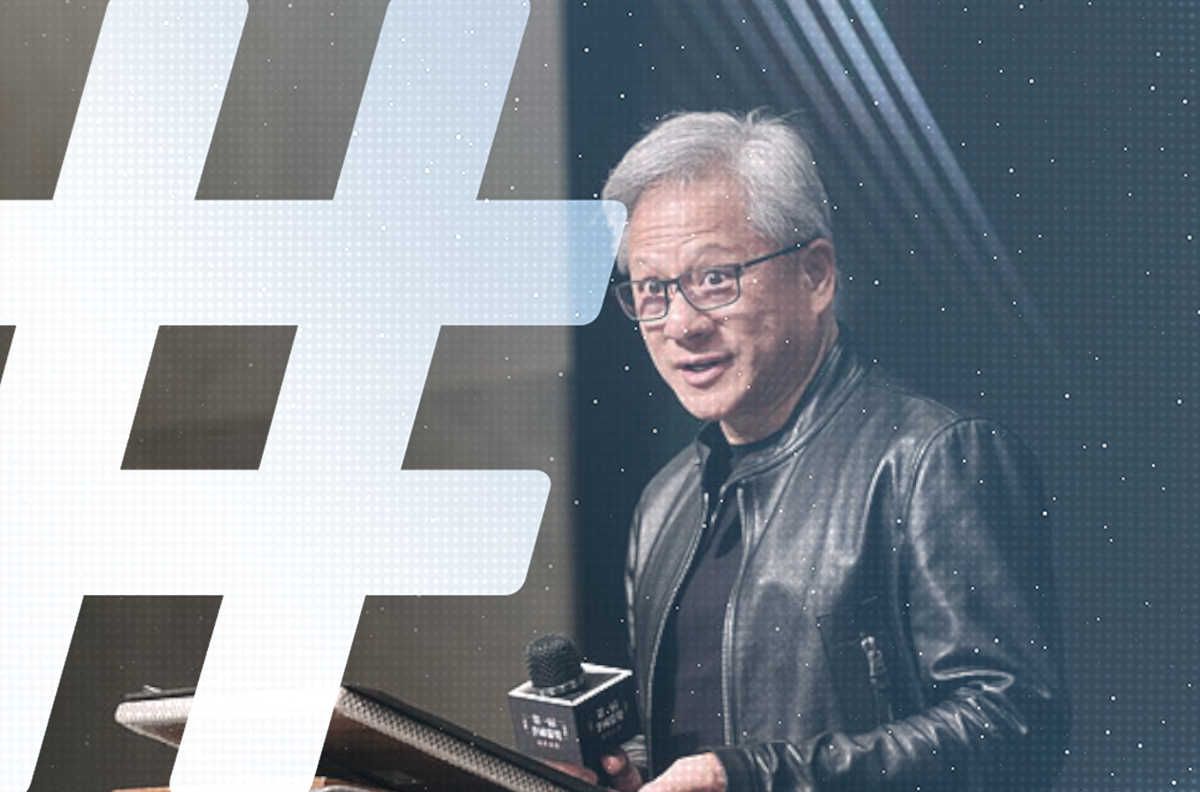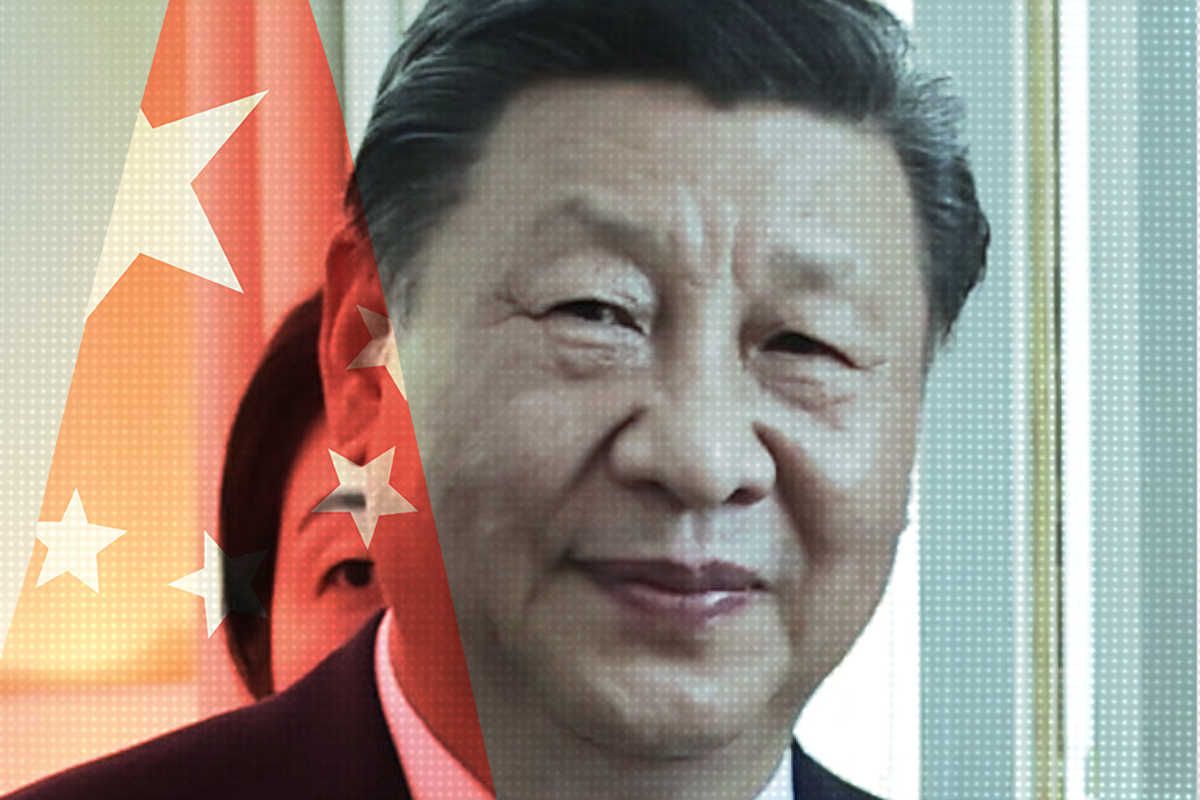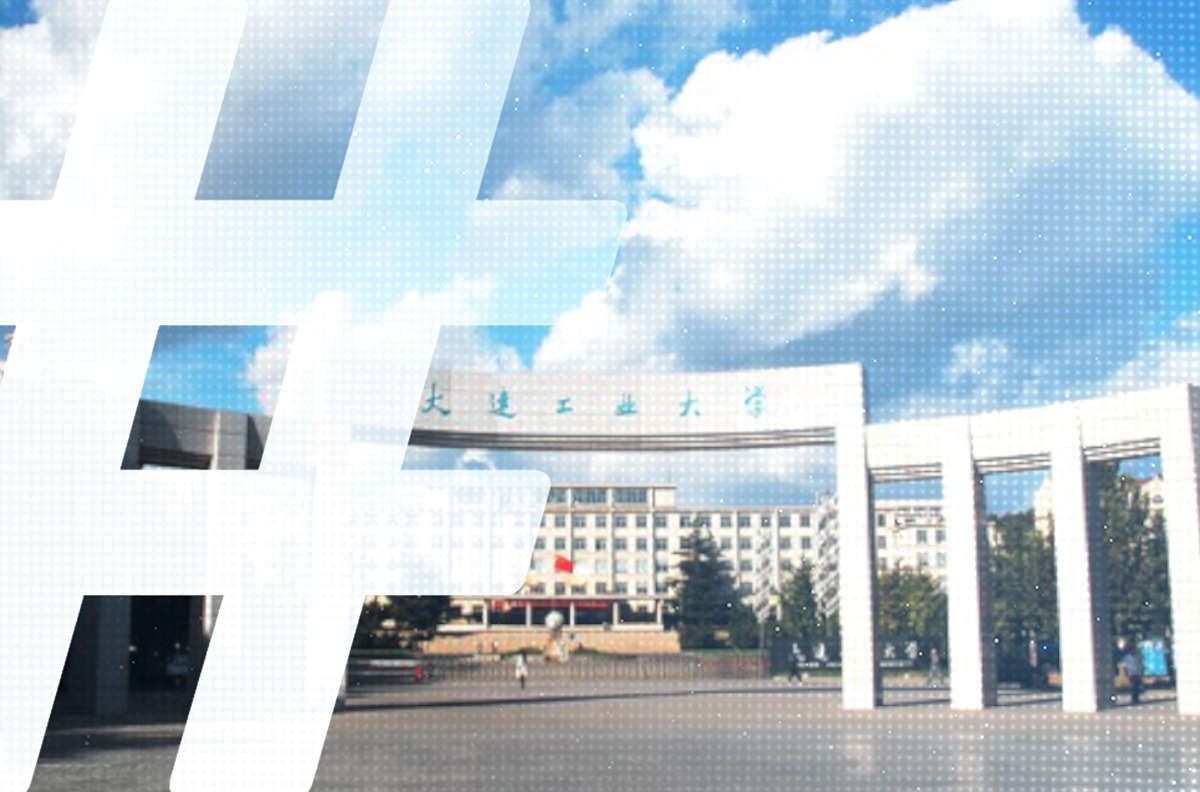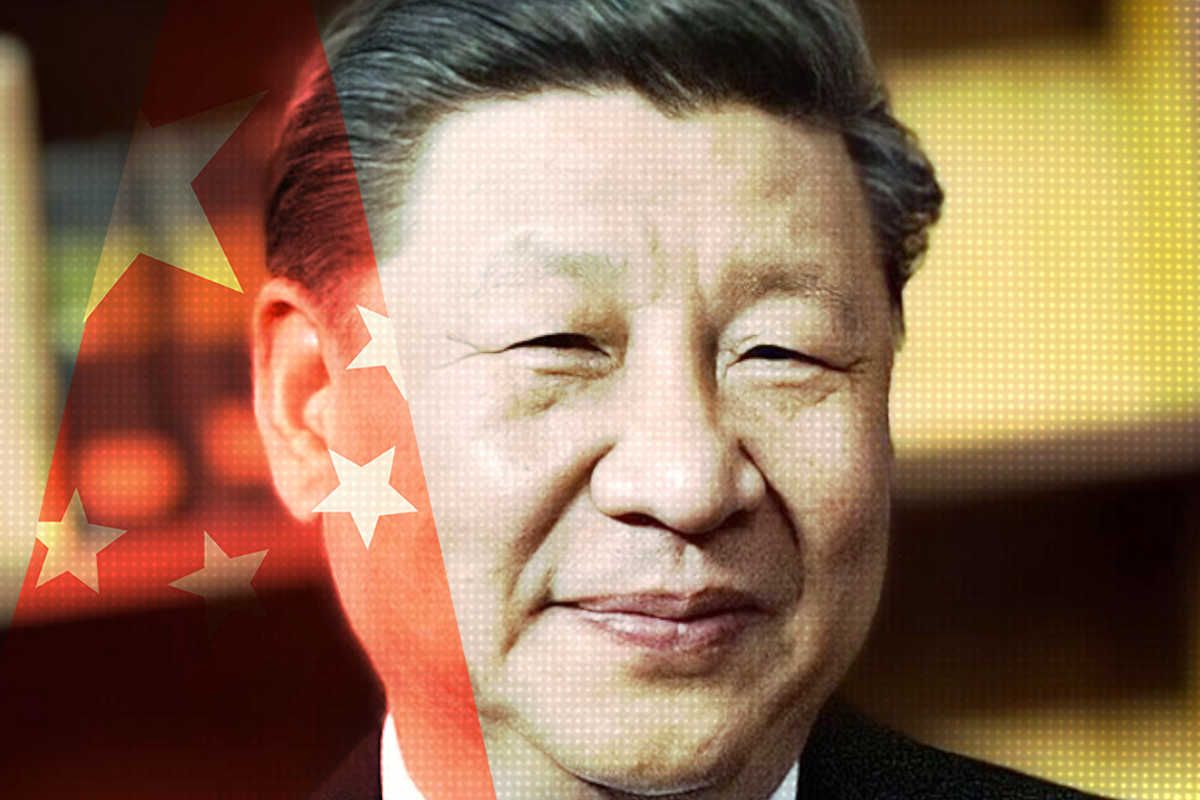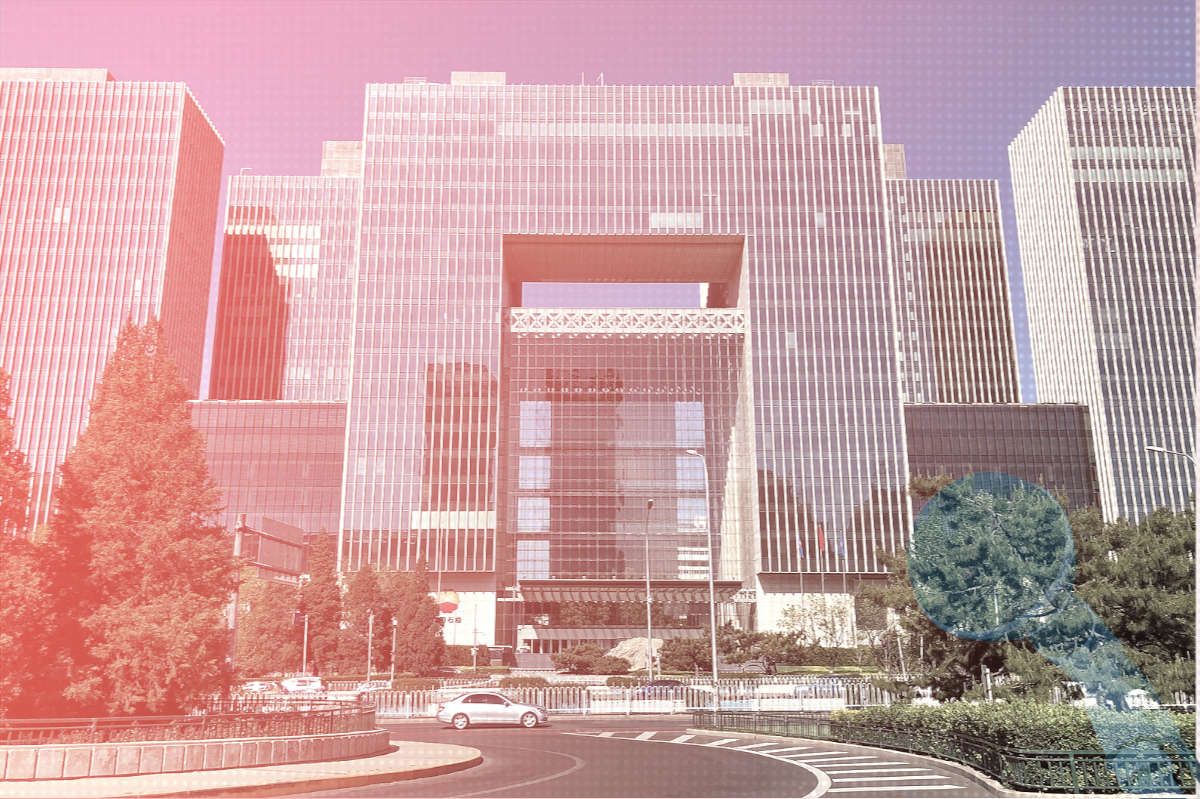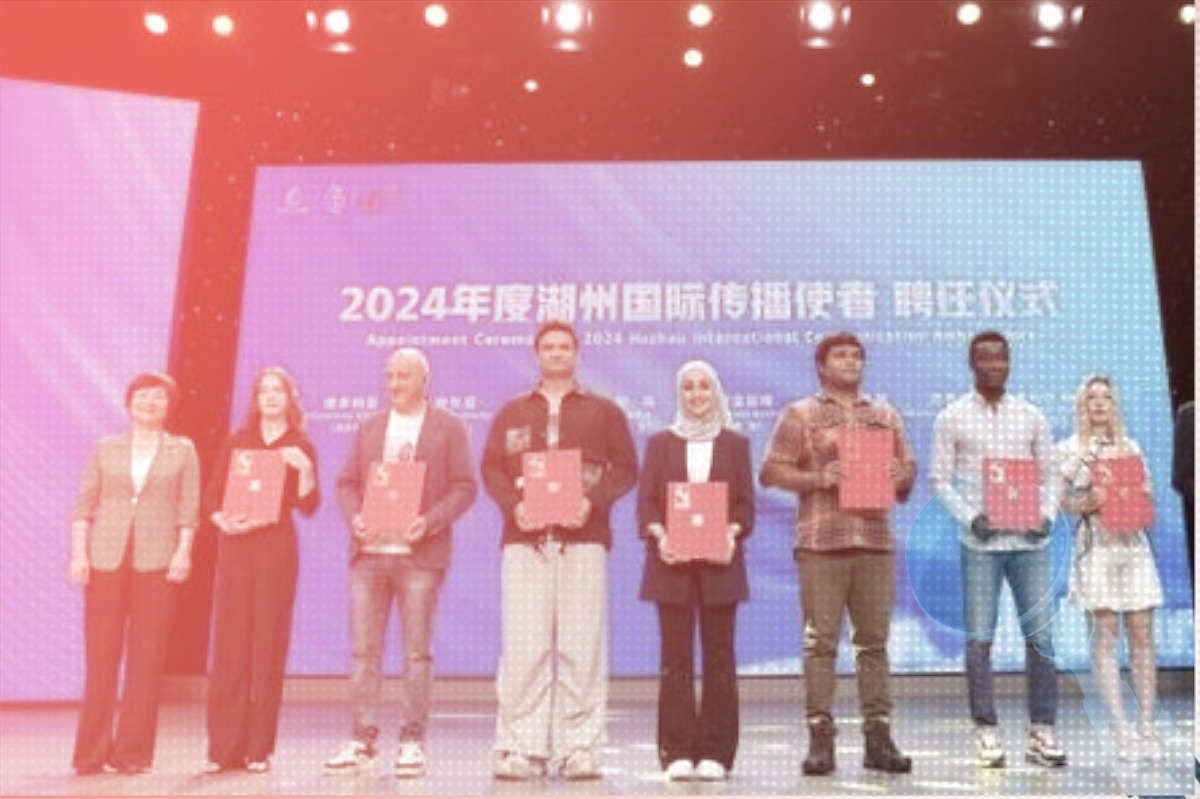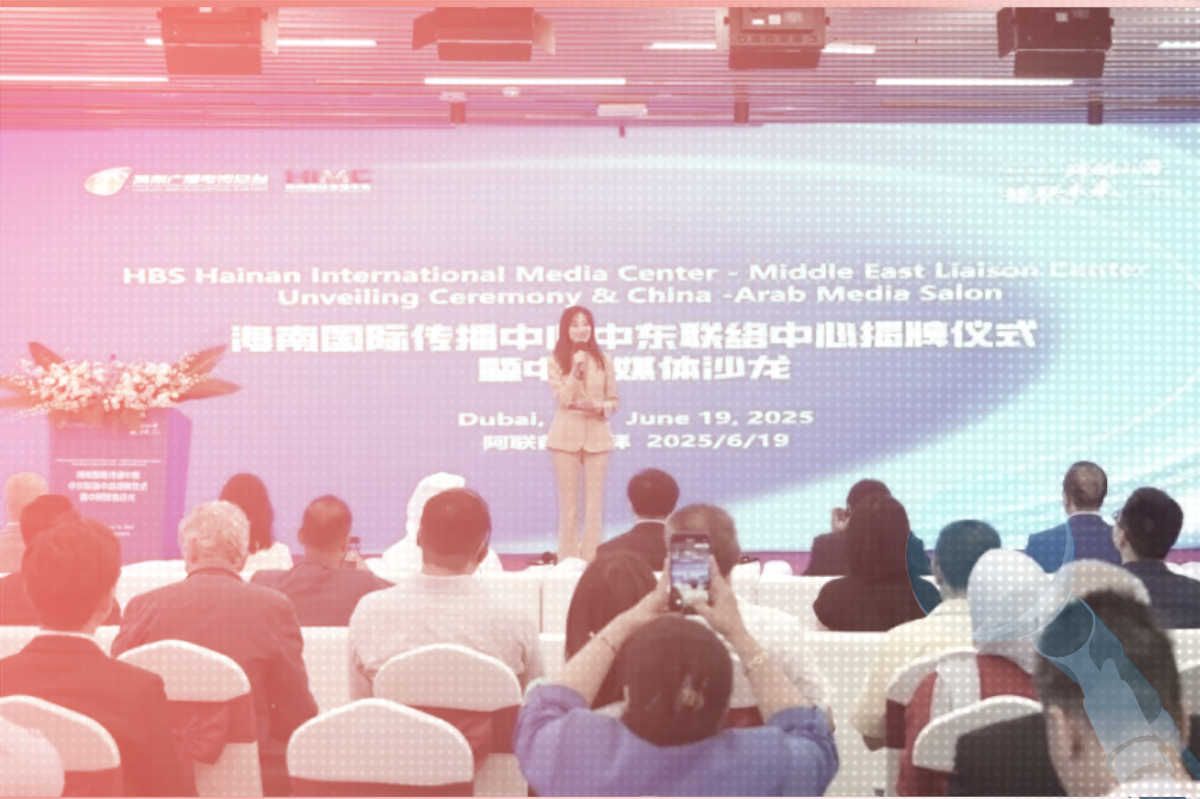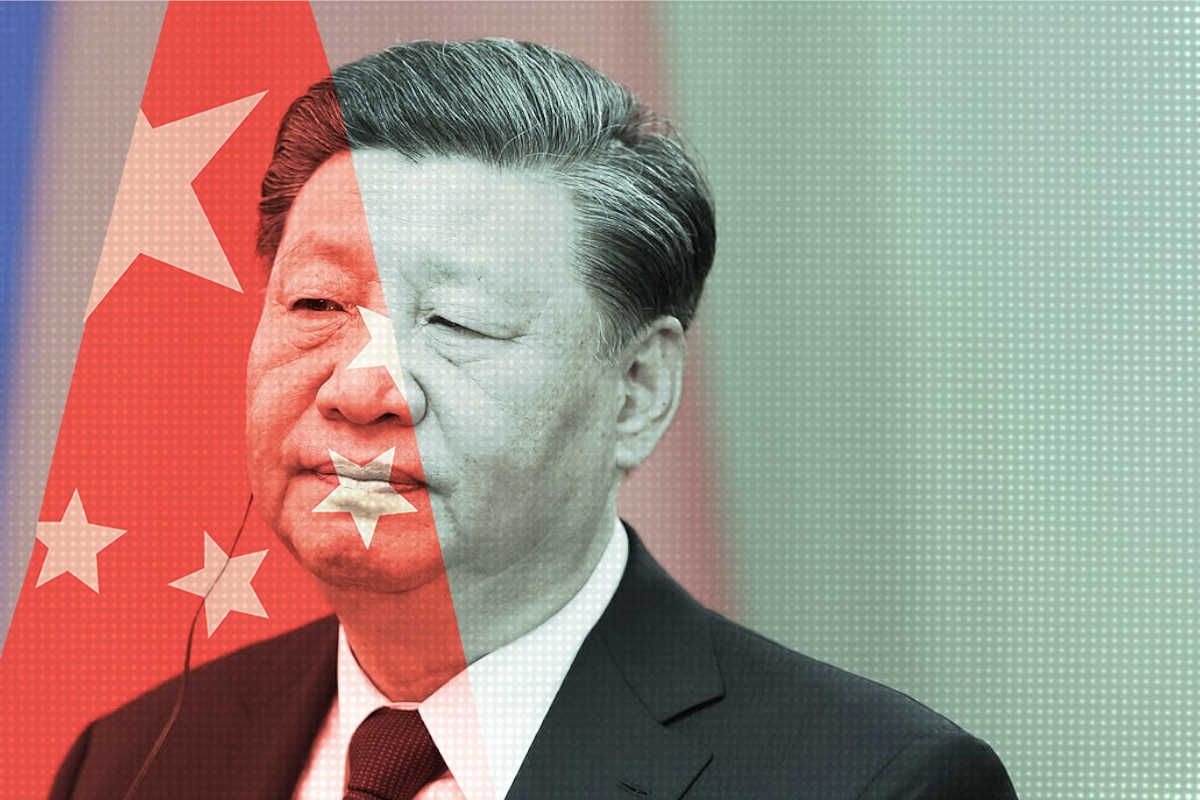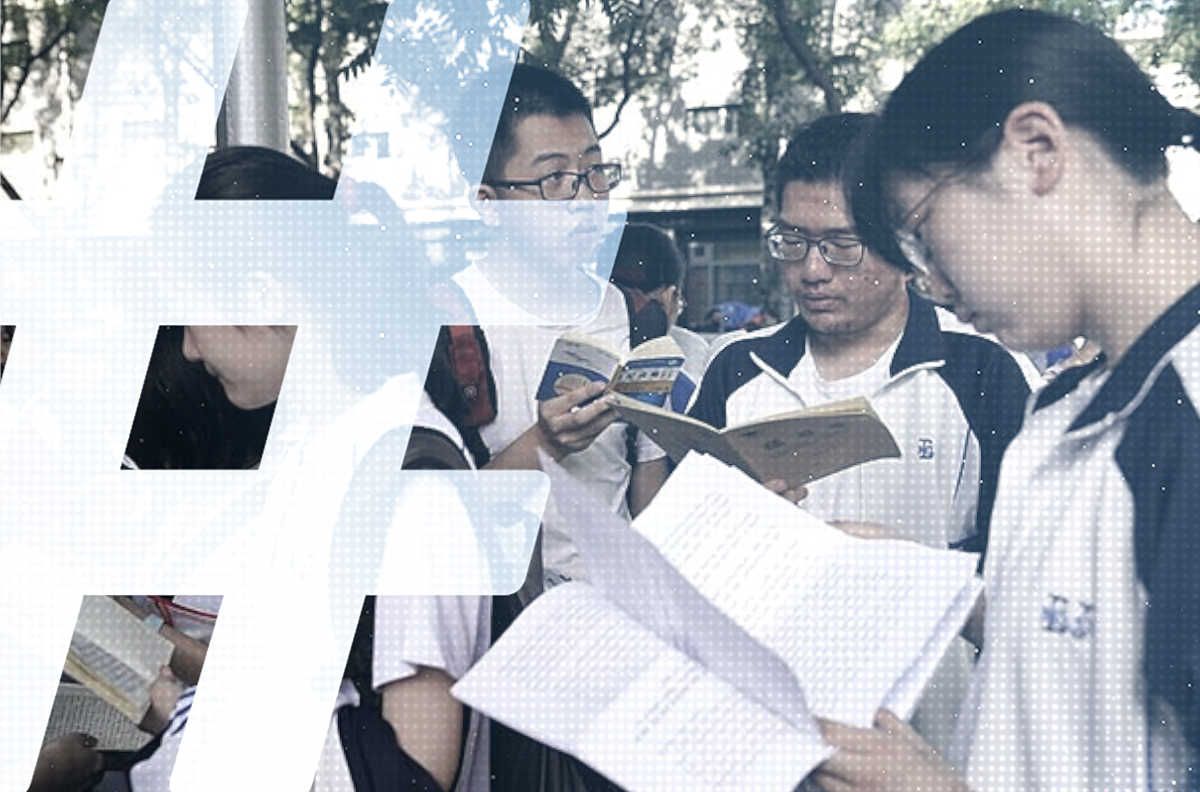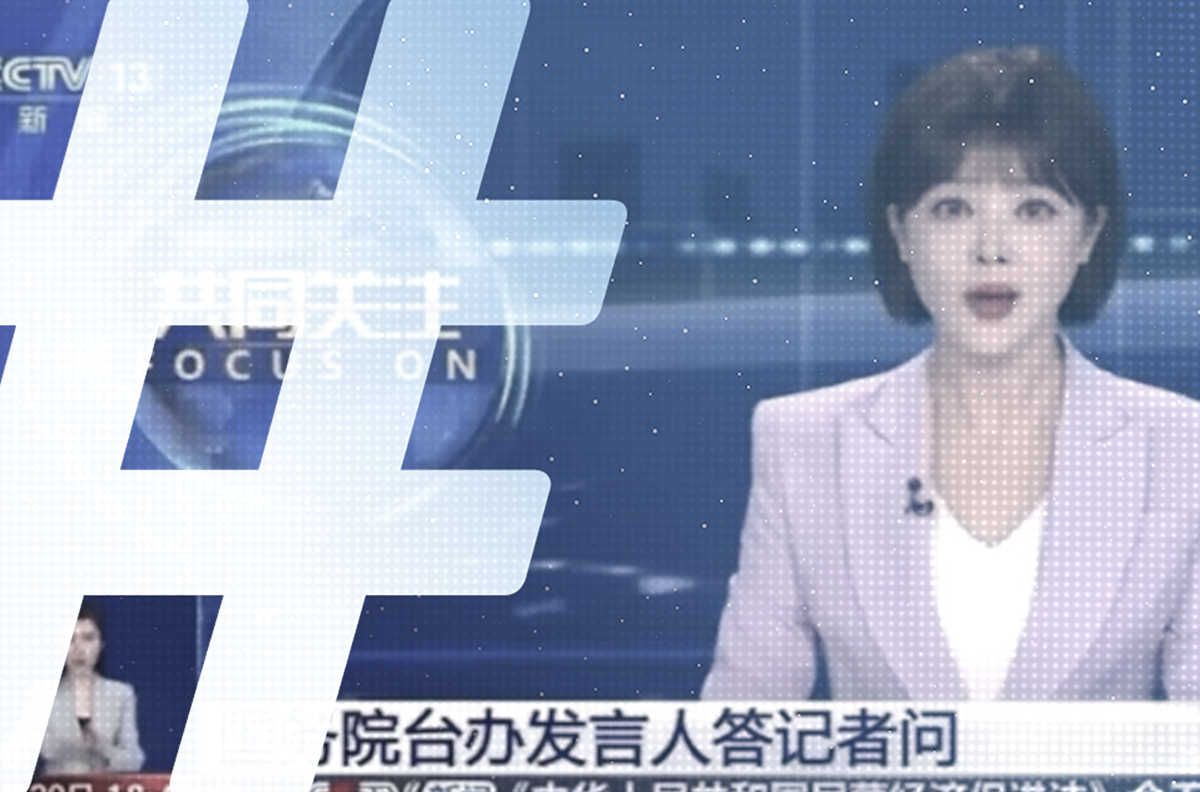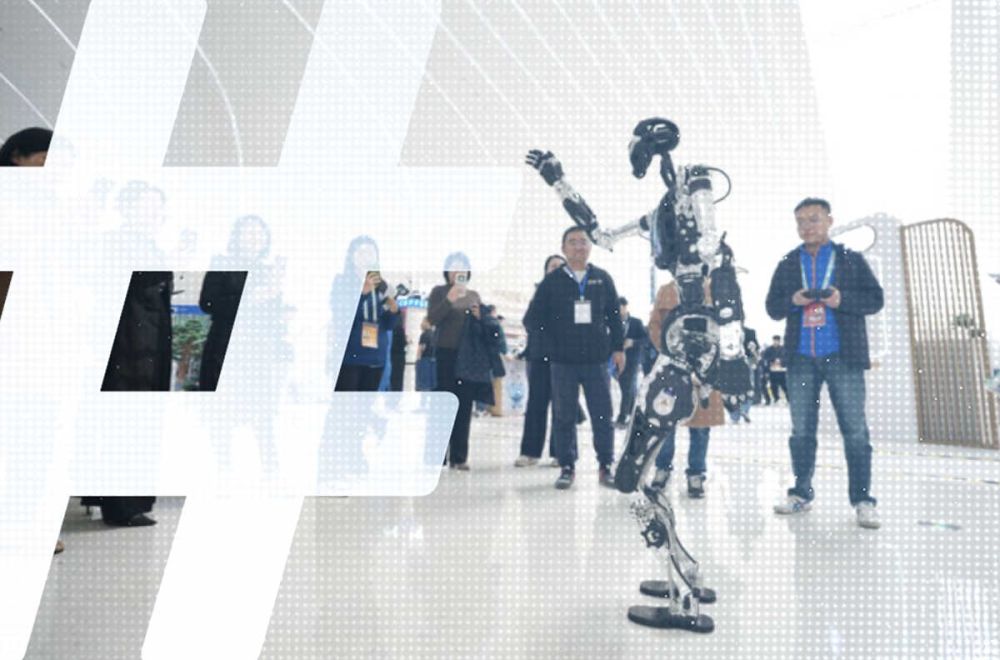
As luminaries, including several Nobel laureates, mingled last month at the Zhongguancun Forum, an exchange in Beijing on high-tech innovation, a soaring report from China’s official Xinhua News Agency celebrated the spectacle of robots serving freshly ground coffee and performing backflips — concluding that the forum’s participants had “given aspirations wings to soar.”
Judging from the reports filed by the four Xinhua journalists covering the forum, an annual showcase for China’s tech achievements, it’s not clear that they came down to earth long enough to attend a speech on March 29 by one of the country’s top AI scientists, who warned that the nation’s AI sector, now the crown jewel of China’s technological ambitions, is perpetuating a lofty and unrealistic self-image. “Things are exciting on the surface,” he said, “but when it comes to substance they are chaotic.”
Currently dean of the Beijing Institute for General Artificial Intelligence, a research and development non-profit tied to the elite Peking University, Zhu Songchun (朱松纯) is one of the most influential figures in the sector. His message, that to remain globally competitive China needs fewer celebratory headlines and more substantive analysis, runs counter to the spellbound view of AI development that seems to have overtaken the government and official media like Xinhua.
But will Zhu’s message, as the lack of state media coverage suggests, fall on deaf ears?
Journalists or Cheerleaders?
According to a detailed summary of his speech by Tencent Technology (腾讯科技), a tech news outlet published by the Chinese tech giant, Zhu did not mince words about how AI hype and AI reality have become detached in China. The current AI landscape, he said, is one in which media narratives, investment patterns, and government initiatives present a distorted picture of progress. “What’s truly blocking our progress is not foreign technology restrictions,” Zhu told the audience, “but our own limited understanding.”
The reasons for this problem? Zhu says both Chinese media and officials tasked with promoting AI have little understanding of how it works. For their part, the media have fed the public “exaggerated” stories about AI. While Zhu notes this as a key problem, he tactfully steps around an important impetus behind this coverage — the fact that the leadership’s appetite for promoting AI as the next driver of development is also exerting pressure on state media to signal positivity and success.
Officials, meanwhile, again feeding into a vicious cycle of positive thinking, are under pressure from the public to implement policies based on the distorted narratives of the media, said Zhu.
AI technology is complex and relatively new to news organizations globally, meaning cutting through marketing hype from tech companies is a problem for journalists around the world. But as global AI competition heats up, Chinese media face additional pressure to exaggerate the capabilities of Chinese AI.
In March last year, the Cyberspace Administration of China (CAC), the country’s top regulator and controller of the internet and information, emphasized that online media must create “positive propaganda” (正面宣传) about Chinese achievements. At the same time, the “AI+ initiative” (人工智能+ 行动), which aims to augment AI for every industry in China and thereby turbo-charge the “new productive forces” (新质生产力) that will lift the Chinese economy out of malaise, has become a central policy of the Party-state.
That is a lot for AI to live up to, and this approach naturally demands cheerleaders over critical reporters. This is a typical approach for the Chinese Communist Party, for which hype and propaganda are often treated as rocket fuel, necessary to send the latest policy soaring to success. But such directives inevitably lead to unrealistic reports from China’s media outlets — which, as Zhu warns, can lead to magical thinking that is counterproductive.
On March 28, the Shenzhen-based Securities Times (证券时报), a newspaper published under a subsidiary of the CCP’s People’s Daily, ran a report for which multiple data center entrepreneurs were interviewed. All of these insiders claimed that there is high demand in China for data centers, which have been hyped by Party policy-makers and advisors as critical to the success of the AI+ initiative. However, a recent report from MIT Tech Review revealed that supply now far outstrips demand, and many of these data centers are in fact standing empty — an investor-driven bubble that is strikingly familiar to that seen over the decades in the property market.
Read more carefully between the lines in Chinese media reports, and the red flags start to reveal themselves. At one point in the Securities Times article, an interviewee remarks that one driver of data storage demand is “AI glasses.” But smart eyewear — a notion kicked around in the West since the 1960s as the technology of the future — has been a fallback focus of technology coverage in the Chinese state media for more than a decade. In fact, the market for AI glasses is not taking off. Smart glasses remain a gimmick trotted out every year by Chinese state media during political meetings, when outlets can demonstrate their embrace of the government’s high-tech goals.
Talk of AI glasses as a driver behind data centers exposes the level of unreality that often takes hold, even among those cited as expert insiders. And the hype extends from foundational technologies and trends in China to self-assessments of the state of the industry.
In his speech, Zhu also took aim at another favorite meme among Chinese journalists, what has become known as the “six little large language model dragons” (大模型小六龙). This is a group of highly-valued AI start-ups specializing in LLMs, the artificial intelligence systems trained on massive text datasets to generate human-like responses across various tasks. Chinese media outlets are awash with coverage of these six companies and their newest releases of AI models, but they often omit key facts and context — such as more in-depth exploration of their products or business models.
Contrary to their stellar images as exemplars of Chinese AI strength, Zhu described these six companies as high-risk, overvalued and — at least so far — unprofitable. One of the six, Zhipu AI (智普AI), released its latest model at the Zhongguancun Forum, and this was billed by the Xinhua reporters as enabling AI “to leap out of the dialog box and perform real work for humans.” Once again, the language was all about leaps and bounds, even though none of the reporters actually tested the model.
The fact that Zhipu released this latest model for free and allowing unlimited use would seem to support Zhu Songchun’s view that sustainable revenue models remain grounded. In a freer and more vibrant media environment, that might be the real story. But the point of AI coverage in China’s media is to promote, promote, promote. And this lack of scrutiny extends to AI stories fired into the air for international audiences. The priority is to emphasize the successes of China under the current CCP leadership, which Xi Jinping has called “telling China’s story well” (讲好中国故事). The story of China as a high-tech hub and innovator has become one of the CCP’s central narratives, for audiences at home and abroad.
Once again, the language was all about leaps and bounds, even though none of the reporters actually tested the model.
If you want to know whether you are being sold a rocket or a firecracker, one approach is to simply look closer at news reporting basics. In November last year, Xinhua published an English-language article touting the innovations of an image diffusion model from Chinese-owned AI platform Vidu. The article claimed that the model had made ground-breaking improvements to “consistency,” a problem plaguing image diffusion models. But the piece quoted only the company’s CEO and one Western netizen on X to back up these claims. If Xinhua journalists had tested the software, as we did, or had spoken to other experts, they would have found the model highly inconsistent — and the claims dubious.
Reports like the above are a reminder of the obvious — that Chinese state media are not just duty-bound to promote the positives of national development over the challenges, but that they often have a too-cozy relationship with the companies on which they report.
Clipping the Wings of Criticism
For Zhu, the fundamental contradiction is clear: China’s AI sector cannot advance by chasing headlines rather than breakthroughs. He argued that when officials, media outlets and the public operate with a distorted understanding of AI capabilities, China’s entire innovation ecosystem suffers. This superficial approach, he suggested, has trapped China in a cycle of imitation rather than invention — simply scaling up language models and finding incremental applications that mirror Silicon Valley’s path. “If we just repeat the old path of the United States – computing power, algorithms, and deployment, we will always be followers,” he concluded.
Instead, Zhu called for a fundamental shift toward researching the nature of intelligence itself — a strategy that could potentially leapfrog current AI paradigms entirely. By focusing on these foundational questions rather than chasing quarterly breakthroughs trumpeted in promotional press releases, China might discover entirely new frameworks for artificial intelligence that competitors would scramble to replicate.
Yet Zhu’s critique of the propaganda-driven approach appears to have fallen victim to precisely the dynamic of hype he described. While his remarks found outlets in more market-oriented publications like Tencent Technology, Caixin and The Paper, flagship state media organizations like Xinhua and the People’s Daily conspicuously omitted his warnings from their coverage. Instead, these Party organs continued to showcase a parade of applications and robots — the very surface-level achievements that Zhu suggested are distracting China from the deeper scientific work needed to truly lead in artificial intelligence. In a system where positive messaging trumps critical analysis, even warnings from one of the nation’s top AI scientists can be edited out of the narrative.
Since the event, there are signs that Zhu’s wings may have been clipped even more decisively. On April 15, an institute from Peking University responsible for international cultural exchanges (中外人文交流) issued a “clarification” on his behalf, claiming that some media outlets had misrepresented his words in what the institute claimed had in fact been a “closed-door media communication meeting.” The timing suggests Zhu’s candid assessment of the industry may have drawn unwelcome attention from authorities eager to maintain the narrative of Chinese AI supremacy. The message is that everyone, including the media, must train their eyes upward on the future — even if it means ignoring the ground beneath their feet.
This disconnect was illustrated once again over the weekend, as Beijing hosted a half marathon where Chinese-built robots raced alongside human competitors. The CCP’s official People’s Daily described the event as a “fierce competition” that had pushed the robots to their limits. Xinhua sang about “infinite possibilities,” and proclaimed in its headline that the racing event had “closed the distance between us and the future.” The less stellar reality, alluded to in a report by Guangzhou’s Southern Metropolis Daily that noted the “many problems” holding the race down, was that the robots had suffered constant failures and necessitated nearly constant repairs by the exhausted human crews running alongside them. In the end, only six of the 21 robot entries completed the race, and one quite literally lost its head.
But in another sense, the race pointed the way toward the possibility of a healthier, more open and more self-critical attitude toward technology and progress — an alternative to the propaganda of constant rise. The Global Times, though in English-language coverage only, remarked somewhat disingenuously that “[behind] this ‘imperfect’ robot half-marathon is the mature atmosphere of tolerance, understanding and acceptance of failure that has developed in Chinese society from top to bottom toward the high-tech industry.” If that were true, of course, no public moderation of Zhu Songchun’s remarks behind closed doors would have been necessary. It would be perfectly acceptable to say: We are getting this wrong. But the Global Times was on to something.
In its coverage of the Beijing half marathon, Caixin, an outlet tending more than most others in China to tell it like it is, reported that the robots had “walked with a staggering gait” (步履蹒跚). This might be the best image to capture a truth applicable to all innovation — that progress is made and measured by confronting limitations, not by promoting past them. As Zhu Songchun made clear in an address that perhaps now he has been made to regret, China will need to learn to stumble honestly — and openly — if it is to reach its grand AI ambitions.
The most important step forward is coming back down to earth.

